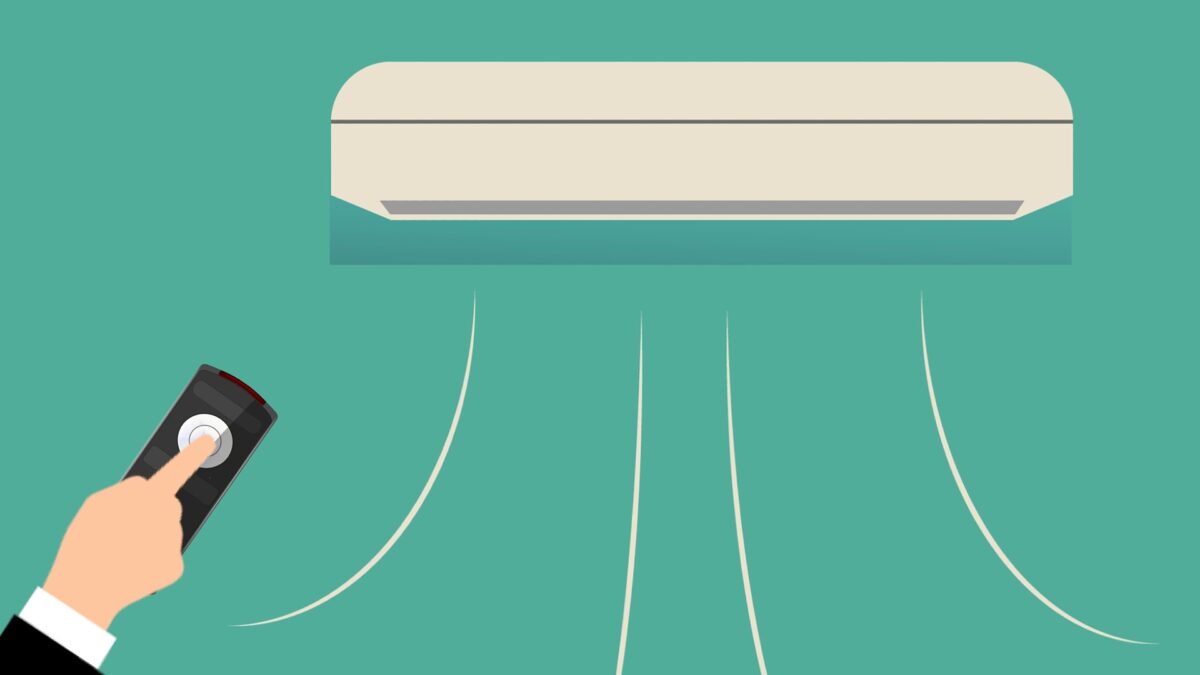
Fire extinguishers are all around us, but are they within the rules of safety at work
19. July 2023.
2 are basic trainings in occupational safety and every worker should have them
16. August 2023.Photo: Pixabay
Working space temperature plays a key role in ensuring safe and healthy workplace conditions. Improper temperature can affect workers’ health, reduce productivity and increase the risk of accidents.
The optimum temperature of the working area is crucial for preserving the health and well-being of workers. Working at too low or too high temperatures can cause serious health problems such as hypothermia or heat stroke. In addition, improper temperature can reduce concentration, increase stress, and lead to a decline in productivity and an increase in the risk of workplace accidents.
What is the optimum temperature of the working area?
The recommended optimum temperature of the working area indoors is between 20°C and 24°C. However,
the exact value may vary depending on the type of work, season and other factors
. It is important to ensure that the temperature is comfortable for most workers, as individual preferences may vary.
Achieving the optimum temperature can be achieved by applying several simple rules and techniques:
- Regular maintenance of air conditioning systems and heating,
- Installation of thermally insulated windows and doors to preserve the temperature,
- Proper installation of the thermostat to maintain a constant temperature,
- Ensuring good ventilation for air circulation and humidity control,
- Use of additional heating or cooling agents, such as table fans or portable heaters.
Legal regulations and regulations related to the temperature of the working area
Maintaining the optimum temperature of the workspace is regulated by the Ordinance on Occupational Safety for Workplaces.
Thus, it is stipulated that if the working process allows, the following microclimate conditions must be ensured in the working premises, depending on the type of work in the cold (winter) period:
- work without physical stress 20 – 25°C
- light manual work 16 – 22 °C
- heavy physical labor 10 – 19 °C.
Also, it is stipulated that workers exposed to low or high temperatures when performing work (e.g. work in cold storages, foundries, outdoors in the winter and summer period, etc.) must be provided, depending on the number of workers, a sufficiently large room for heating or cooling.
The cheapest and most practical solutions to achieve optimum indoor operating temperature
Some of the cheapest and most practical solutions to achieve optimal indoor operating temperature are to keep heating and cooling systems efficient and regularly check the condition.
Using programmable thermostats to optimize energy consumption, then educating workers about the proper use of heating and cooling systems to avoid unnecessary energy waste, but also installing thermal curtains or sealing windows to reduce energy losses.
Maintaining the optimum temperature in an open area
Working outdoors requires special attention in extreme weather conditions. When the air temperature is 30°C or higher, the following measures shall be taken:
- provide enough water and regular breaks for hydration,
- use appropriate personal protective equipment to reduce the impact of heat,
- plan work tasks and arrange them in parts of the day when temperatures are lower, such as morning or evening hours,
- educate workers about the signs of heat stress and heat stroke, and train them to provide first aid in such situations.


